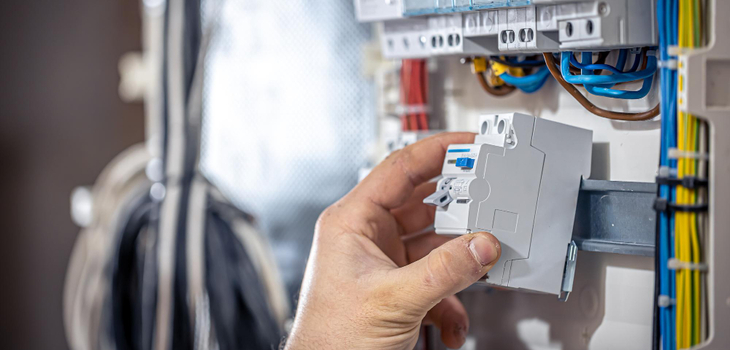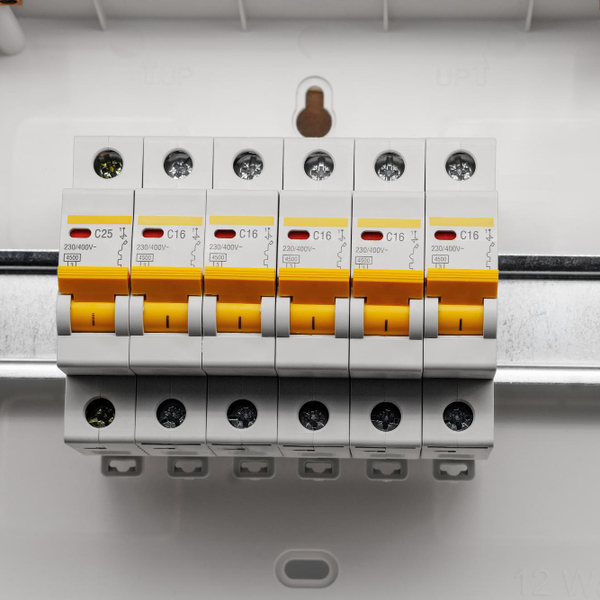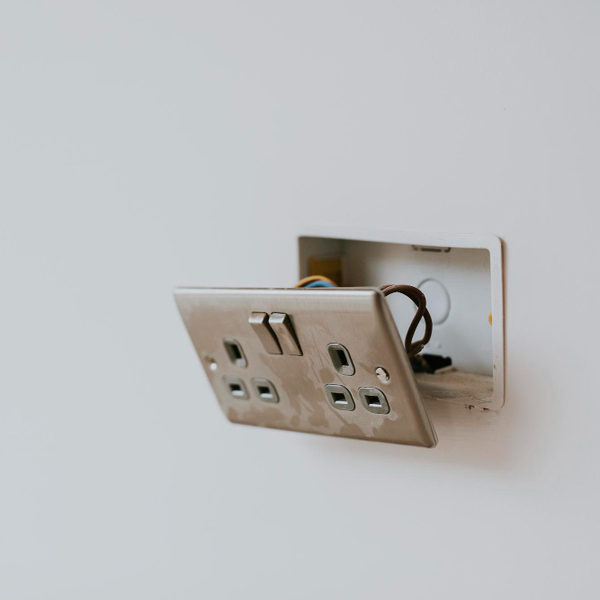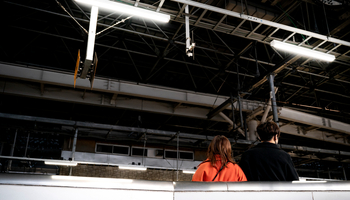The Ultimate Guide to Upgrading Your Home's Electrical Panel

When improving your home, an important step you shouldn't overlook is the Home Electrical Panel Upgrade. An electrical upgrade is more than a routine check. It ensures your home's electrical system is strong enough to handle today's tech-heavy demands. Imagine experiencing fewer power outages and running your appliances smoothly without a hitch. That's the peace of mind an upgraded electrical panel brings.
Your electrical panel is essential for daily comfort, powering everything from your morning coffee routine to charging your devices. As homes become more innovative with more gadgets and appliances, the need for a timely Electrical Panel Replacement is undeniable.
This guide will teach you the necessary information for upgrading your home's electrical panel. We'll discuss why lights flicker, the safety benefits, and when and how to upgrade. You'll gain insights into signs of an overtaxed electrical panel and get tips for selecting the right professional. Let's begin this journey to upgrade your living space, ensuring safety, enhancing functionality, and increasing your home's value.
The Ultimate Guide to Upgrading Your Home's Electrical Panel
If you've never experienced any problems with your electrical system, it's understandable that the thought of upgrading your electrical panels hasn't crossed your mind. However, it's essential to consider why such an upgrade is Important for enhancing your home's safety and accommodating modern electrical demands.
A Residential Electrical Panel Upgrade involves more than just swapping out an old panel for a new one. It also requires replacing wiring, adding new circuits, and installing more outlets. An essential part of this process is having a professional assess your home's current electrical load and future needs, ensuring your new panel meets today's standards and is future-proof.
One of the safety benefits of upgrading your panel is the inclusion of safety Breakers such as AFCI and GFCI breakers. AFCI breakers prevent fires by detecting dangerous electrical arcs and cutting power, while GFCI breakers cut off electricity to avoid shocks if it goes the wrong way. This simple change can significantly affect how your home uses energy. Not only does it help in preventing electrical problems, but it also ensures that your home can handle new appliances and technology.

Carrying out your Home Electrical Panel Upgrade is brilliant for any homeowner. It's essential to keep your home up-to-date and safe from electrical issues.
Understanding the Importance of Upgrading Your Electrical Panel
With the increased use of electrical devices in modern homes, upgrading from the outdated 60-100 amp panels to a 200-amp electrical panel is necessary.
Old panels can't handle today's electricity demands, leading to potential safety risks.
Before selecting a new Electrical Panel Replacement, it's essential to consider factors like capacity and brand. The upgrade costs, including the panel and labor, typically range from $1,000 to over $4,000, depending on various factors, including the size of the new panel (measured in amperage), the complexity of the installation process (which can vary based on the existing electrical system's condition and the home's construction), regional labor rates, any additional circuitry needed, and the quality of the panel and components chosen. Local regulations and the need for permits can also affect the cost.
Some signs indicating it's time to upgrade the electrical panel include frequent tripping of breakers, flickering lights, the need to use multiple extension cords due to insufficient outlets, and outdated fuse boxes instead of circuit breakers. For homes over 25 years old, especially those that have never had an upgrade, it's wise to consider an electrical panel upgrade soon. While there isn't a strict timeline, electrical panels typically have a lifespan of 25 to 40 years.

Upgrading the electrical panel enhances safety by reducing the risk of electrical fires and improving the overall electrical capacity of the home to handle modern demands, such as high-powered appliances and devices. It can also enhance the home's resale value, ensure compliance with current electrical codes, and make it possible to add additional circuits in the future for home renovations or expansions.
Assessing Your Home's Electrical Needs
To improve your home's electrical system, call your power company to turn off the electricity. This keeps everyone safe while you're working. Hiring Professional electrical services can make this step easier because they know how to handle everything properly.
After safely disconnecting the power, you can start by preparing the electrical boards. Carefully remove all wires connected to the existing electrical panel to ensure they are not damaged and can be reused if they are still in good condition.
After removing the wires, proceed to remove the old electrical panel. To avoid potential hazards, it's essential to correctly dispose of the old panel and follow local regulations and environmental guidelines.
Once the new panel is securely in place, reattaching the healthy wiring to the appropriate terminals involves carefully connecting each wire to ensure the electrical system functions correctly and safely. Fundamental safety measures include turning the power off to prevent electric shock, using insulated tools, and following the panel's wiring diagram. If necessary, consider adding new circuits for a sub-panel to accommodate any additional electrical loads and improve the overall efficiency of your home's electrical system.
Next, properly ground the fuse box and connect the neutral bar. Attach the grounding wire to the grounding bar and the neutral wire to the neutral bar within the panel; adhering to local electrical codes and the manufacturer's instructions is a vital part of the installation process, as it helps prevent electrical shocks and ensures the safety of your home's electrical system.
After completing the installation, replace the service panel cover and carefully inspect the entire setup to ensure everything is correctly installed and there are no potential hazards. Following these steps, you can safely and effectively upgrade your home's electrical panel, improving its electrical safety and functionality.
DIY electrical panel upgrades pose serious risks, such as electric shock and fires. Hiring a licensed electrician with extensive training, experience in panel upgrades, and knowledge of NEC and local codes ensures safety and compliance. Professionals have liability insurance, protecting homeowners against potential damages during the upgrade process.
Brighten your Home: Upgrade with Moovick!
Upgrading your electrical panel is a significant step toward ensuring your home is safe, efficient, and ready for the future. It is not only about meeting current needs but also about anticipating future demands. When you're prepared to take this step, Moovick offers reliable handyman services. With a team of knowledgeable and skilled professionals, Moovick ensures that your electrical panel upgrade is performed safely and efficiently, setting your home up for years of reliable power distribution.
Popular Articles

How Refugees can find employment in Maastricht

How To Choose The Right Office Relocation Service For Your Business

Need a Travel Buddy? Your Search Ends HERE!

Top Challenges in Exhibition Logistics and How to Overcome Them

How to Prepare for an International Move During the Winter Months

Employee Relocation Rights in Germany and the Netherlands: A Compre...

